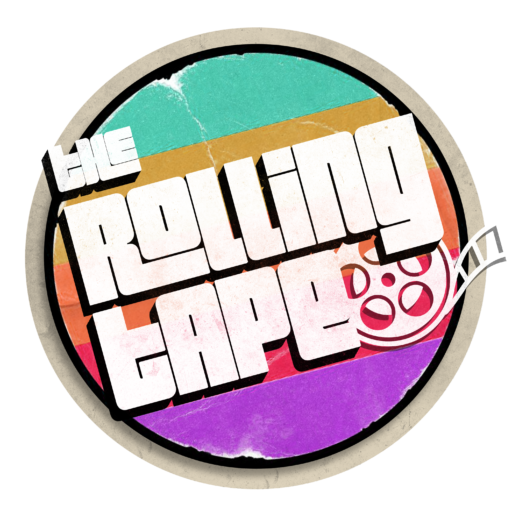In 1980, three frustrated women lived every office worker’s dream and gave their boss a bit of his own medicine. Starring Jane Fonda, Lily Tomlin, and Dolly Parton, 9 to 5 was a groundbreaking female buddy film whose message was larger than the United States realized. Now, over 40 years after the film, and the women’s office workers movement, Directors Camille Hardman and Gary Lane revisit the stories behind and in front of the character in their latest documentary Still Working 9 to 5, a film that finds balance in celebrating the iconic film and reminding us that work, unfortunately, still needs to be done.
Following the pandemic, the #MeToo Movement, and recent court rulings, one might think that there is enough noise and context not to warrant a documentary about a comedy that came out over 40 years ago. What many fail to realize is that the same fights being fought now are the ones that were fought in the 80s. Inspired by the 9 to 5 women’s movement that started in the 1970s, 9 to 5 found a palatable way to bring the issues of equal pay, sexual harassment, and more opportunities for women in the workforce to light. Recently, in 2022, Hardman and Lane celebrated the iconic film with interviews and stories from the original cast members. Much to my, and viewers’ surprise, the film slowly takes a turn and begins to connect pieces of a 40-year story, showing the world that the same issues women were fighting for in the 1970s are still being fought in the 1980s, 1990s, 2000s, and 2020s.
Of course, being familiar with 9 to 5 the film, song, and stage production, I was excited to listen to three icons—Fonda, Tomlin, and Parton—and others recount how such a hilarious film was made. I learned the pushbacks, the concerns, and how a story developed from such a serious, intense political and moral situation. But what really makes Still Working 9 to 5 stand out is its ability to pivot into some more somber, recent events while remaining a rather joyous film.
Still Working 9 to 5, at its core, is a message to the world that women are still not equal in the eyes of The Constitution. The United States—the free world, the land of opportunity—doesn’t legally protect women in the workforce. And we learn that the Equal Rights Amendment, an amendment proposed in 1923, has yet to be passed Nationally. But with all of that heavy reality, the documentary is fun and exciting to watch. The film is funny—just like its inspiring source.
Hardman and Lane cleverly give audiences the joyous reunions we hope for as fans. We talk with the three stars, Dabney Coleman and others involved in the film, the show, and the Broadway production. It’s everything a fan or a cinephile could want in a basic origin story documentary. But this particular film goes further, taking those nostalgic, happy emotions and integrating serious, grounded arguments on the current state of our legal system, society, and view of women in the United States. The balance presented makes this film the perfect introduction to women’s rights for audience members who don’t realize that they are either part of the problem or bystanders to the injustices still inflicted 40 years later.
The documentary could have easily taken a dark pivot—including more traumatic videos or reenactments of what has gone on in the workplace and what inspired the 9 to 5 and #MeToo movements. Rather, even in the final moments when the film is really digging into the complexities of our current situation, the clips and interviews are female-focused and empowered. We see women fighting, speaking their minds, and acting on what they believe in. They are not shown as victims but as powerful leaders. We talk to the women on the front lines—Karen Nussbaum, Zoe Nicholson and other activists and people closely associated with the continuous movement—icons from both sides of the screen.
With a rather easy timeline to follow, narration, and a non-complex storyboard, dare I say this is the most palatable documentary on women’s rights that I have seen in quite some time. The simplicity of the filmmaking itself, along with the additional exclusive re-recording of Parton’s hit, “9 to 5,” makes this film, as I’ve said, a great introduction to women’s rights. Female audiences may learn a thing or two, but most of us can agree that dammit there’s still a lot that needs to be said and done.
What I find to be more important, is that I can highly recommend this film to men—the ones who I hope begin to realize that they need to either change their ways or become allies in this fight for equality. Men need to see this film. The ones who are in their twenties and don’t realize that I—we as women—are still susceptible to mistreatment, harassment, and unequal opportunities. And I really believe, they will enjoy this rather comedic documentary.
In short, despite the disheartening or depressing fact that a fight that started in the 1970s, or even earlier, is still being fought, Still Working 9 to 5 is a fun celebration of an iconic female-led comedy and a celebration of some of the groundbreaking women from the movements. The connections made between history and film make for a complimentary reminder that the fight continues, and it’s important to continue to speak up.
Review Courtesy of Sara Ciplickas
Feature Image From ‘Still Working 9 to 5’ Trailer via IMDb

Recent Comments